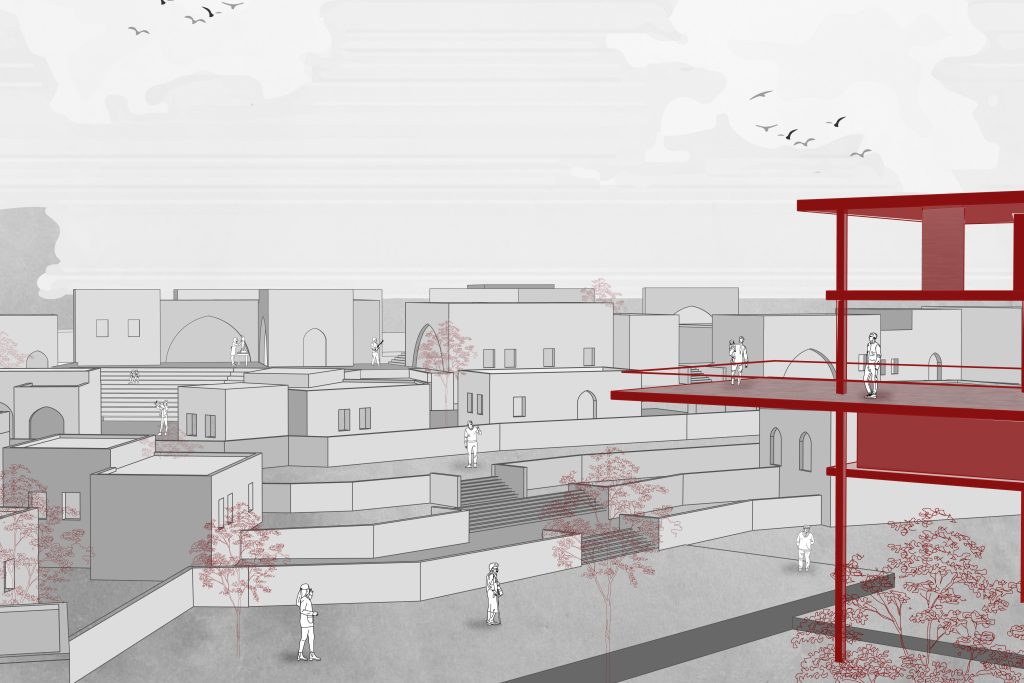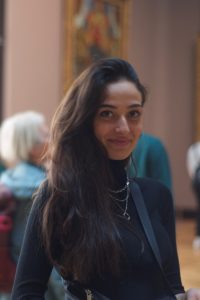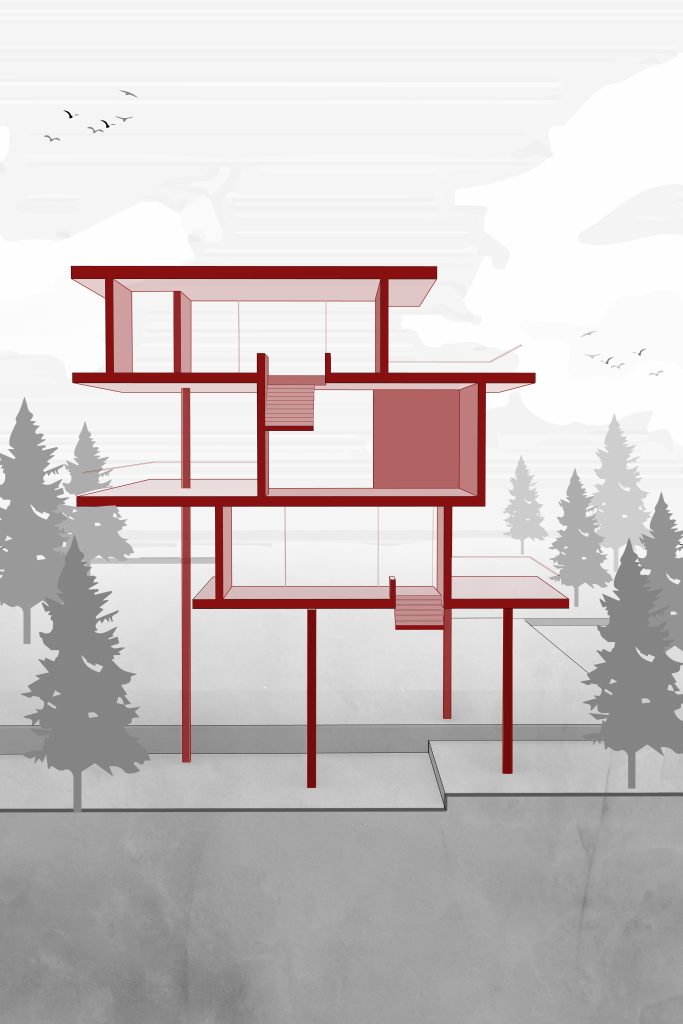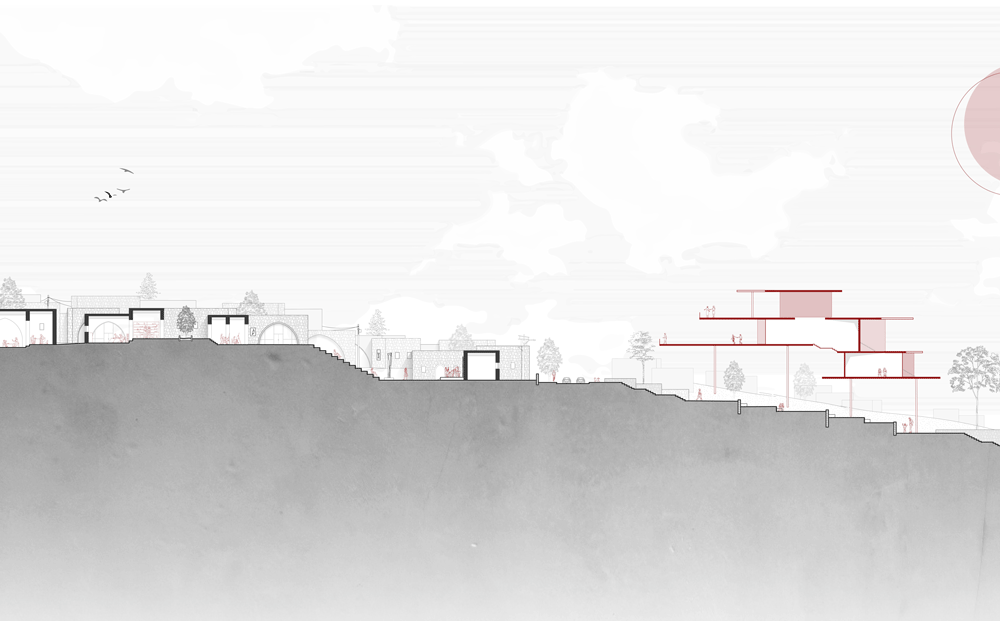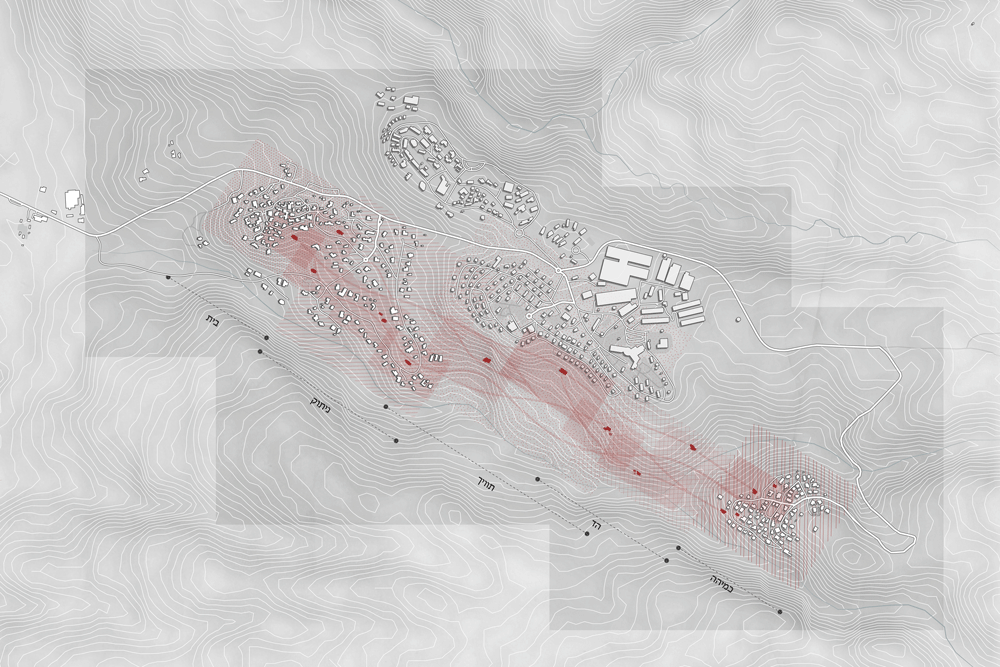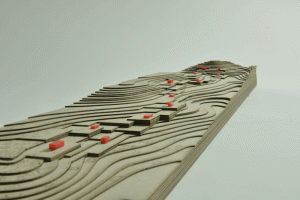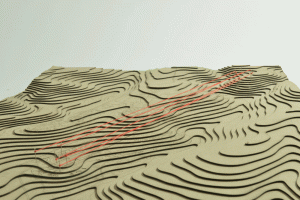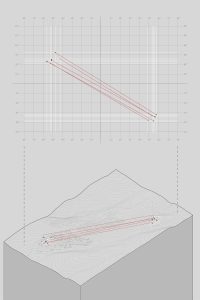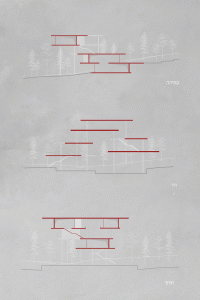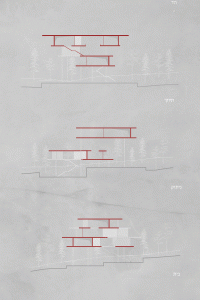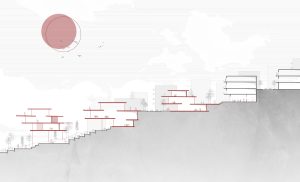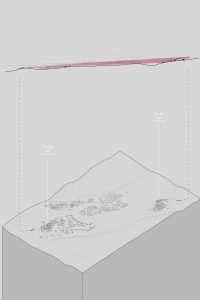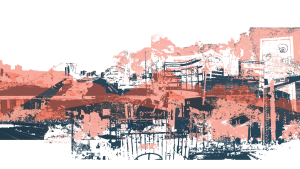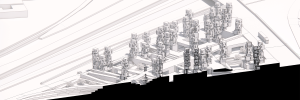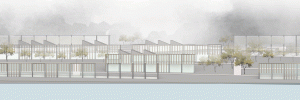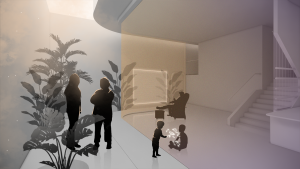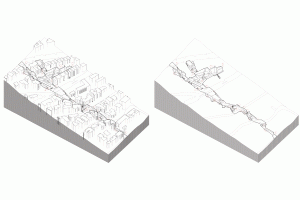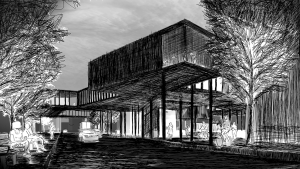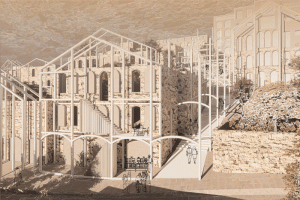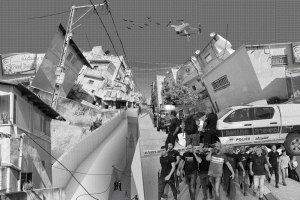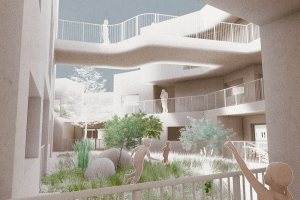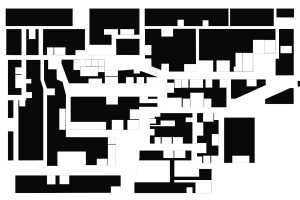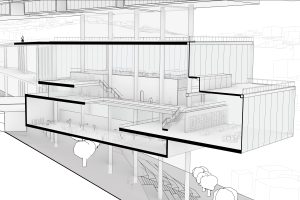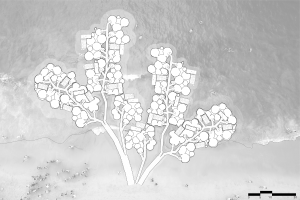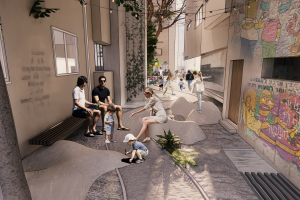ما بين Hod لحوض (Between Hod and Hud)
Yearning, longing for home, or a desire for the homeland represent a recognized global phenomenon that usually stems from political, national, and social conflicts. In Israel, following the 1948 war, more than 500 Arab villages were emptied and destroyed, and their inhabitants were deported. The destruction of these villages helped to dictate a new collective memory upon which Israel was founded. The village of Ein Hud is a unique and unusual case study, since, after the inhabitants were deported, the buildings and texture were preserved and turned into an artistic space to serve Israeli artists—members of the Dada movement. Once full of life, the facilities have become scenic locations, and their original residents have become refugees a mere 1.5 kilometers from their homes. The original Ein Hud became Ein Hod, while the new settlement took the original name Ein Hud. Although the spatial and physical expression of identity and culture remains in Ein Hod, the original inhabitants fought for their existence in Israel and have faced many challenges over the years. Today, Ein Hod is a village that lacks basic urban infrastructure and is limited in terms of development areas; the inhabitants suffer due to illegal construction and daily observation of their abandoned houses. Although Ein Hod is supposed to be a continuation of Ein Hud, it stands today as a levee—dark and far from attention. In light of this, a question arises: How can a public system be created that makes the story of the original residents present brings back the abandoned ones, and fills the existing lack in the fabric of the village of Ein Hud?


